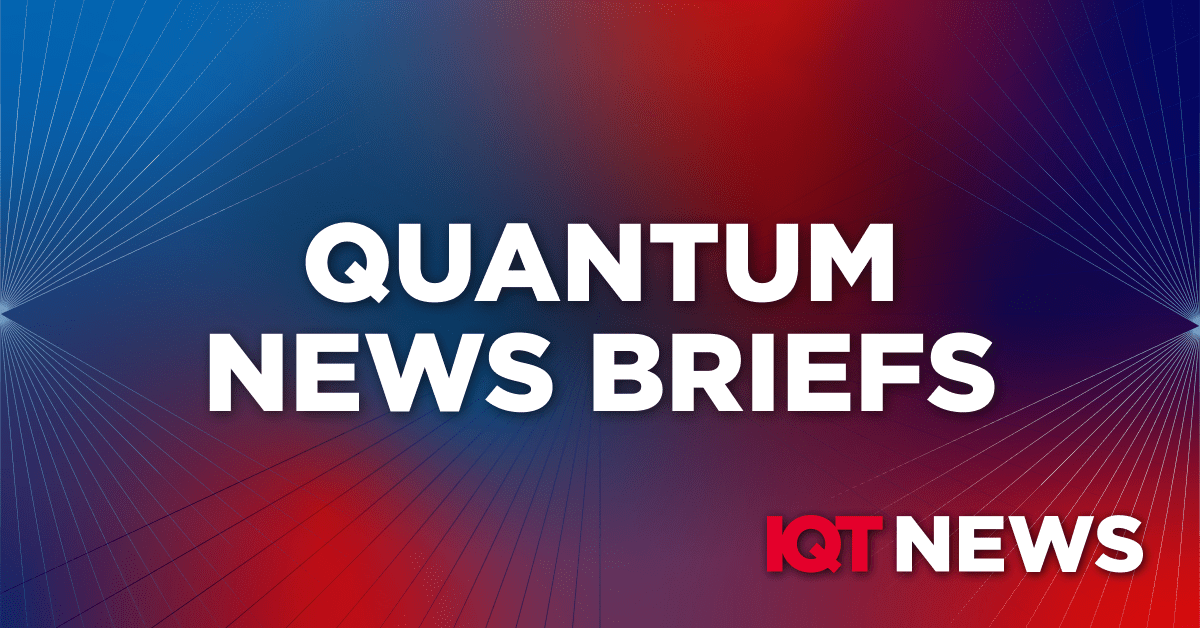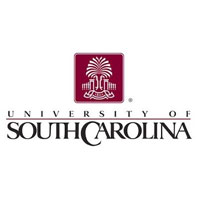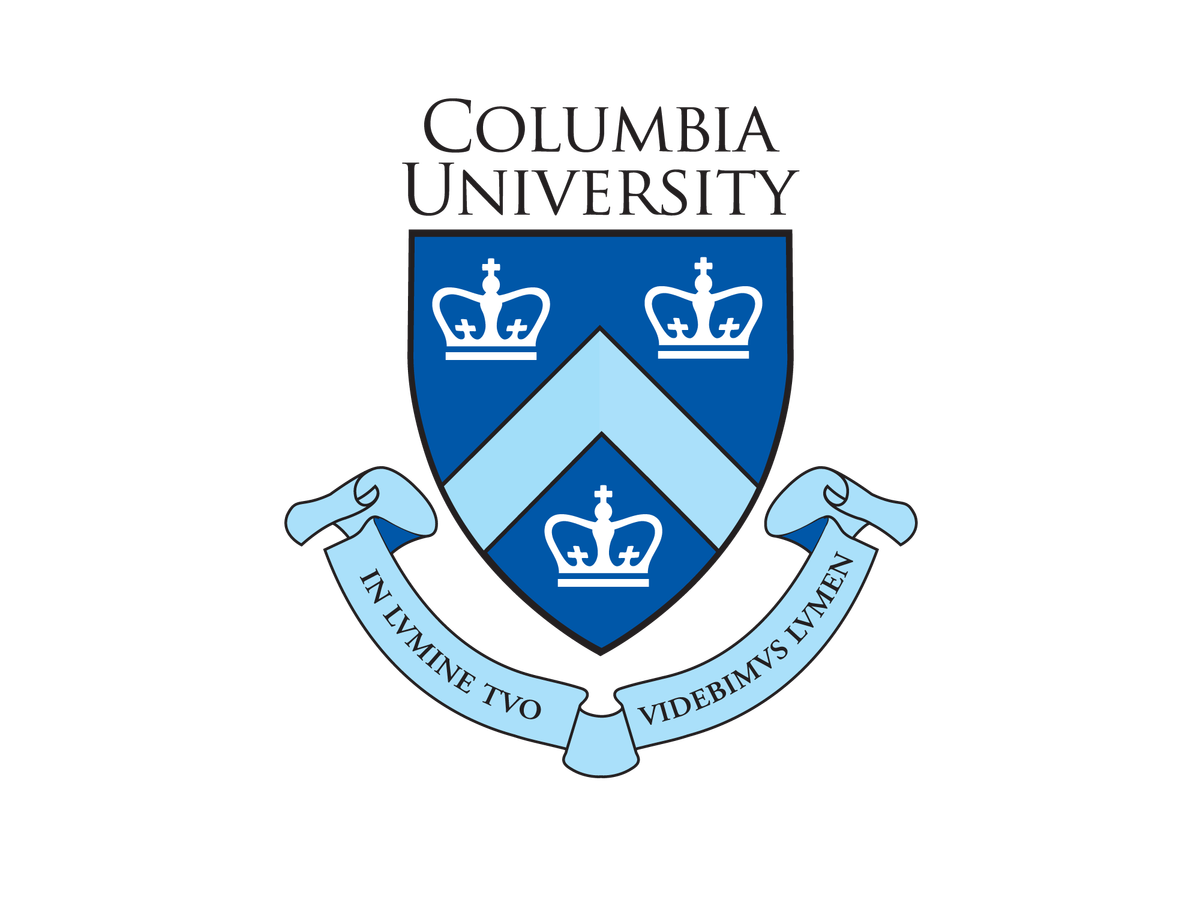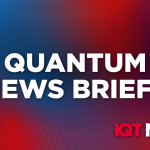Quantum News Briefs: April 1, 2024: South Carolina Quantum Computing Program Sees Success With USC Students’ Project; Columbia University Researchers and Collaborators Find Graviton-like Particles in Quantum Experiments; “Quantum Mechanics Hack Could Lead to ‘Unbreakable’ Metals by Leveraging Weird Distortion of Atoms.'”; “Hot Stocks: The 3 Best Opportunities for Investing in Quantum Computing”

Quantum News Briefs: April 1, 2024:
South Carolina Quantum Computing Program Sees Success With USC Students’ Project

In a new taxpayer-funded initiative by the South Carolina Quantum Association, seniors from the University of South Carolina in finance and computer science have made strides in quantum computing, setting a precedent for future high-tech job training within the state. Jordan Fowler of Charleston, Carter Burns of Raleigh, North Carolina, and Jack Oberman of Irmo spearheaded a $20,000 research project that utilized quantum computing to enhance retirement investment strategies for a local bank, marking a significant step towards integrating this advanced technology into practical business solutions. This initiative, supported by a $15 million state budget earmark, showcases the potential of quantum computing in rapidly processing vast data sets and emphasizes the state’s commitment to fostering an environment where students can become next-era technology specialists through hands-on experience. The project, which has already seen the participants achieve third place in an MIT hackathon, aims to expand, seeking partnerships with South Carolina companies interested in exploring quantum computing’s benefits. This effort aligns with broader goals to develop a specialized workforce capable of leveraging quantum computing for industry innovations, promising a bright future for the region’s technological advancement and economic growth.
Columbia University Researchers and Collaborators Find Graviton-like Particles in Quantum Experiments

In a new study published in Nature, a multinational team of scientists from Columbia University, Nanjing University, Princeton University, and the University of Münster presented the first experimental evidence of chiral graviton modes (CGMs) in semiconducting materials. This discovery could bridge the gap between quantum mechanics and Einstein’s theories of relativity. These CGMs, observed in a fractional quantum Hall effect (FQHE) liquid, exhibit properties akin to those theorized for gravitons, elementary particles hypothesized to mediate the force of gravity. This research, which continues the legacy of the late Columbia professor Aron Pinczuk, could significantly advance our understanding of gravity and the quantum metric, offering new insights into the universe’s fundamental forces. Pinczuk’s innovative techniques, including low-temperature resonant inelastic scattering, were pivotal in identifying CGMs’ unique characteristics, such as their spin-2 nature and dependence on magnetic fields. This pioneering work honors Pinczuk’s contributions to physics. It sets the stage for future explorations into quantum geometry, the potential connections between large-scale cosmic phenomena, and the microscopic interactions within materials.
In Other News: The Debrief article: “Quantum Mechanics Hack Could Lead to ‘Unbreakable’ Metals by Leveraging Weird Distortion of Atoms.'”

In a recent Debrief article, scientists at Ames National Laboratory and Texas A&M University have announced a novel approach to testing the ductility of metals, potentially paving the way for developing “unbreakable” metals suitable for various high-stress applications. This new method, rooted in quantum mechanics, enables more accurate predictions of a metal’s ability to maintain strength when drawn into thinner shapes. Specifically targeting metals used in high-temperature environments, the technique is hailed as a significant advancement for industries requiring materials that withstand extreme conditions, such as aerospace and fusion technology. By incorporating the concept of local atomic distortion into their analysis, the researchers have overcome long-standing challenges related to predicting metal deformation thresholds, thus avoiding the costly trial-and-error methods previously employed. The method’s efficiency in testing thousands of materials quickly could revolutionize the way metals are tested, significantly reducing the time and resources currently required for such processes.
In Other News: Investor Place article: “Hot Stocks: The 3 Best Opportunities for Investing in Quantum Computing”
![]()
The quantum computing sector is witnessing a significant surge in activity, with the United States and China vying for dominance in this cutting-edge field, states a recent Investor Place article. Amidst this backdrop, stocks like IonQ, D-Wave Quantum, and investment options like the Defiance Quantum ETF, are gaining attention as top picks for investors looking to tap into the quantum computing boom. IonQ anticipates a substantial increase in revenue for 2024, projecting figures between $37 million and $41 million. D-Wave Quantum has entered a promising collaboration with Zapata AI, aiming to merge quantum computing with generative AI. At the same time, the Defiance Quantum ETF offers investors a diversified, cost-effective entry into the quantum computing market. This race for quantum supremacy is not just a technological competition but also a strategic one, with both the U.S. and China investing heavily in quantum computing, recognizing its potential to revolutionize industries and national security through its unparalleled problem-solving capabilities.



















